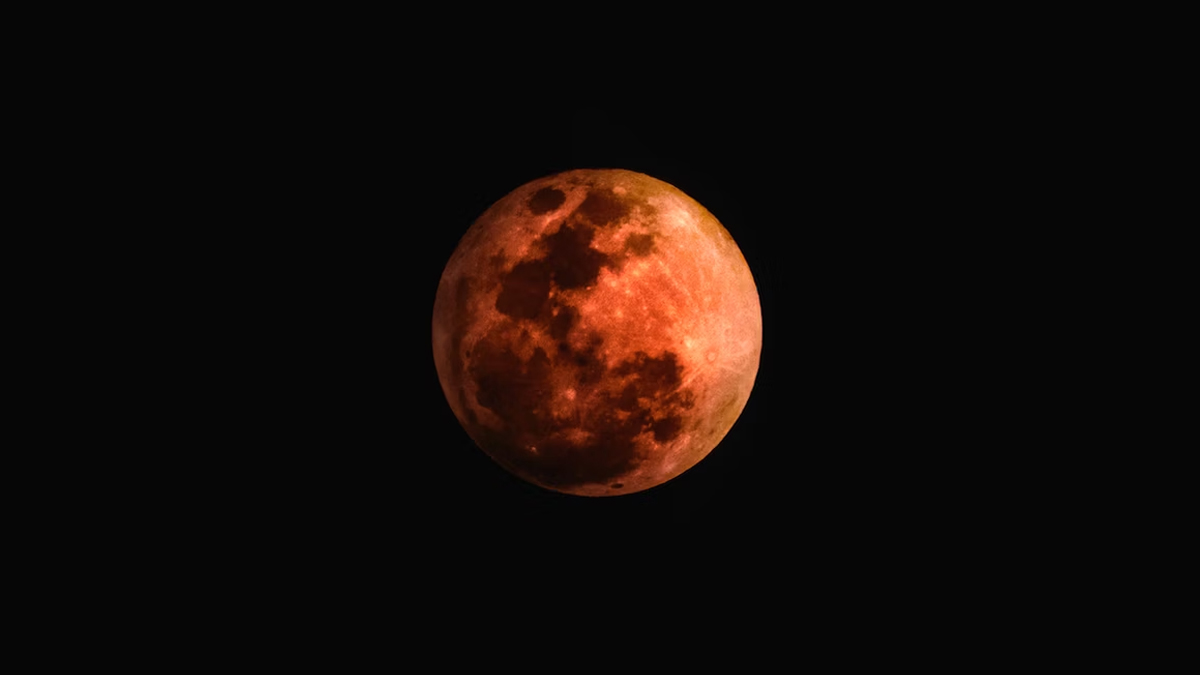
As the year progresses, we are treated to a fascinating astronomical phenomenon known as the Sturgeon Moon, which is set to grace the skies on August 1, 2023. This celestial event marks the second supermoon of the year, when the Moon appears larger and brighter than usual. But why is this particular full moon referred to as the Sturgeon Moon? Let's delve into the origins and significance of this intriguing name.

The name 'Sturgeon Moon' finds its roots in the rich history and natural cycles of North America. Indigenous tribes and early settlers used different names for each full moon to track the passing seasons and mark important events. The August full moon received the title 'Sturgeon Moon' because it coincided with the time when sturgeon fish were found in the Great Lakes of North America.

The Sturgeon Moon, in essence, is a supermoon. The term 'supermoon' gained popularity in recent years, but the concept itself has been around since time immemorial. A supermoon occurs when the Moon's orbit brings it closest to Earth (perigee) at the same time it reaches its full phase. The result is a lunar spectacle that seems larger and more luminous in the night sky.

The Moon's orbit around Earth is not a perfect circle; instead, it takes on an elliptical shape. As a result, the distance between the Moon and Earth varies during the lunar cycle. When the Moon is at its closest point to Earth (perigee), it is about 30,000 miles (48,000 kilometres) closer than when it is at its farthest (apogee). This variation in distance plays a crucial role in the occurrence of a supermoon.
On August 1, 2023, the Full Sturgeon Moon will grace the evening sky at 2:32 p.m. Eastern Time. For observers in the Indian Standard Time (IST) zone, it will appear at 12:02 a.m. on August 2. This timing will offer an excellent opportunity for stargazers and enthusiasts to witness the brilliance of the supermoon.
Don't miss: Friendship Day 2023: 5 Indian Destinations You Must Explore With Your Buddies

Interestingly, the August full moon is not just known as the Sturgeon Moon; it boasts a variety of alternative names attributed to different cultures and beliefs. Among these names are the 'Grain Moon,' symbolising the time for harvesting crops; the 'Corn Moon,' signifying the ripening of corn; and the 'Lightning Moon,' which acknowledges the frequent thunderstorms that occur during this period. Additionally, the 'Lynx Moon' pays homage to the elusive wildcats native to North America.
Don't miss: 3 Unexplored Travel Destinations Near New Delhi For Your Next Getaway
As we gear up to witness the majestic Sturgeon Moon on August 1, 2023, let us marvel at the wonder of our natural world and its interconnectedness with human history and culture. The name 'Sturgeon Moon' serves as a reminder of the significant role the Moon has played in the lives of our ancestors, guiding them through the cycles of nature and the passing of time. While science unravels the celestial mechanics behind this awe-inspiring event, it's equally important to cherish the cultural heritage associated with the Moon's many names and its timeless beauty in the night sky. So, mark your calendars and prepare to be enchanted by the splendour of the Sturgeon Moon as it graces our skies once again. Happy stargazing!
Also watch this video
Herzindagi video
Our aim is to provide accurate, safe and expert verified information through our articles and social media handles. The remedies, advice and tips mentioned here are for general information only. Please consult your expert before trying any kind of health, beauty, life hacks or astrology related tips. For any feedback or complaint, contact us at compliant_gro@jagrannewmedia.com.